How CRE Is Doing on ESG Focus of NYU Conference
InnovateESG featured speakers from from finance, investment, government and tech.
When it comes to the environment and ESG overall, commercial real estate’s glass is half full, but it is also half empty.
That was a persistent theme of the InnovateESG conference sponsored last week by the New York University Stern School of Business. Executives from investment, finance, government, and tech gathered to discuss commercial real estate’s ESG progress—and the need for more of it—before an audience of grad students from 10 different business schools, including Yale, Columbia, Cornell and, of course, NY.
“Real estate needs to not be so down on itself,” said AFIRE President Gunnar Branson. “Over the last 20 years, we’ve done an incredible amount.”
Obviously, commercial real estate needs to do more to reduce carbon emissions. But it should not be just for the sake of the planet, Branson said. It should also be for the sake of the bottom line. With tenants and clients demanding sustainability, environmentally responsible and healthy buildings are winning while others are lagging. “This is how we make money,” he said.
Global Divides
ESG is becoming essential in the U.S., but we are still lagging behind other nations. Europe is way more advanced on sustainability due, in part, to national mandates and consequences. While U.S. cities and states are turning up the dial on regulation, national mandates are not likely here. Another reason that Europe, and Canada, are ahead of the U.S. is their investment horizons are longer, making property owners more likely to invest in the technologies needed to reduce energy consumption and carbon emissions.
“How do (U.S.) firms see the payout since our holds are so short?” posed Savills plc Board Member Dana Roffman. London-based Savills, Roffman noted, is working on being net zero for Scope 1 and 2 emissions by 2030 and net zero for Scope 3 emissions by 2040.
Opportunities and Headwinds
While the U.S. does not have national mandates, the recently enacted Inflation Reduction Act, with its $370 billion of incentives and credits is seen as a tremendous step forward in providing national leadership on the issue, and it will create a lot of impetus for private-sector innovation, according to Sairah Burki, CREFC Managing Director & head of Regulatory Affairs and Sustainability.
Despite the act’s passage, however, Burki reported, there is a faction in Congress—and at various state levels—that want to limit ESG funds and the consideration of ESG factors as criteria for investing. The bills will probably not pass, though, since Democrats control the Senate and the White House. Meanwhile, she said, considering climate risk has been inherent in credit analysis for some time. “The anti-woke crowd is now targeting ESG, but ESG will ultimately move forward,” she said.
Trickle-Down ESG
Tenants’ desire to infuse ESG into their business strategy seems to be trickling down to property owners and pushing them to invest in sustainability. Institutions, meanwhile, are showing a preference for assets that were built (or retrofitted) sustainably.
“If (developers) don’t build energy-efficient, they will have already built an outdated project,” said Empire State Realty Trust CEO Tony Malkin, the conference keynoter.
In the debt market, however, the trickle is slower and less direct. A lot of financial institutions want borrowers to make their buildings greener, but the lenders are still waiting for “granularity” on the subject, said Leah Fisher, senior vice president, Special Projects, Governance & Risk, Arbor Realty Trust. Therefore, without specific directives, borrowers may look for a loophole.
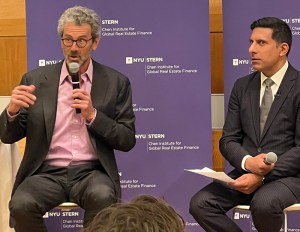
ESRT Chairman, President & CEO Tony Malkin and Sam Chandin, head of real estate programs at NYU Stern
As a REIT, Arbor must also respond to concerns of ESG-minded shareholder groups. Many of the company’s borrowers, however, own B and C buildings where the viability of green investment is questionable despite incentives.
“You still have a divide between what they are paying for and the incentives behind it,” said Fisher. “At the end of the day, is it worth it?”
As for the bond market, CREFC is seeing an increase in sustainable financing, but those bonds do not command a premium from investors. “Folks are not paying up for green deals yet,” said Burki.
When the SEC finalizes its climate disclosures for public companies, including banks, there will be more clarity for lending institutions and borrowers, Burki noted. Meanwhile, the nation’s six largest banks are in the midst of the Federal Reserve’s “climate test” to measure how the banks would respond to climate-related events. The results will be instructive for all lenders.
S is for Social
ESG is not just about the environment. The industry’s progress on diversity, equity and inclusion—the S in ESG—was also on the table at the conference. In that realm, commercial real estate is becoming more inclusive, but “invisible” biases still exist, commented David Nabwangu, founder & CEO of Ai Spark.
The results of NAREIM‘s “Global Real Estate DEI Survey 2022,” conducted with Ferguson Partners, showed for North America, that respondent companies comprise 57.5 percent men and 42.5 percent women, a 3.7 percent increase from 2021, but just 25.4 percent of those women war at the board level and 23 percent are at the executive management level. For ethnicity in North America, 64.6 percent of the respondent workforce is white and 31.3 percent are people of color (4.1 percent did not disclose), an almost 8 percent increase from 2021. People of color, however, hold only 9.3 percent of board seats at those companies and 15.6 percent of executive management positions.
“DEI is seen as separate from business strategy,” said NAREIM Zoe Hughes. “It is not. It needs to be embedded in the business.”

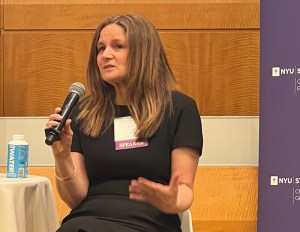
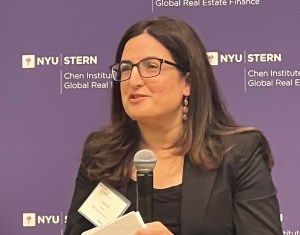
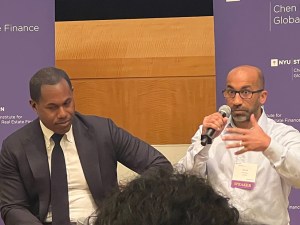



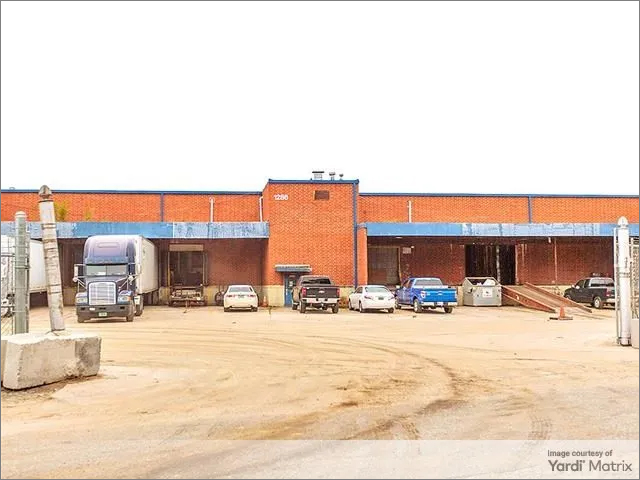
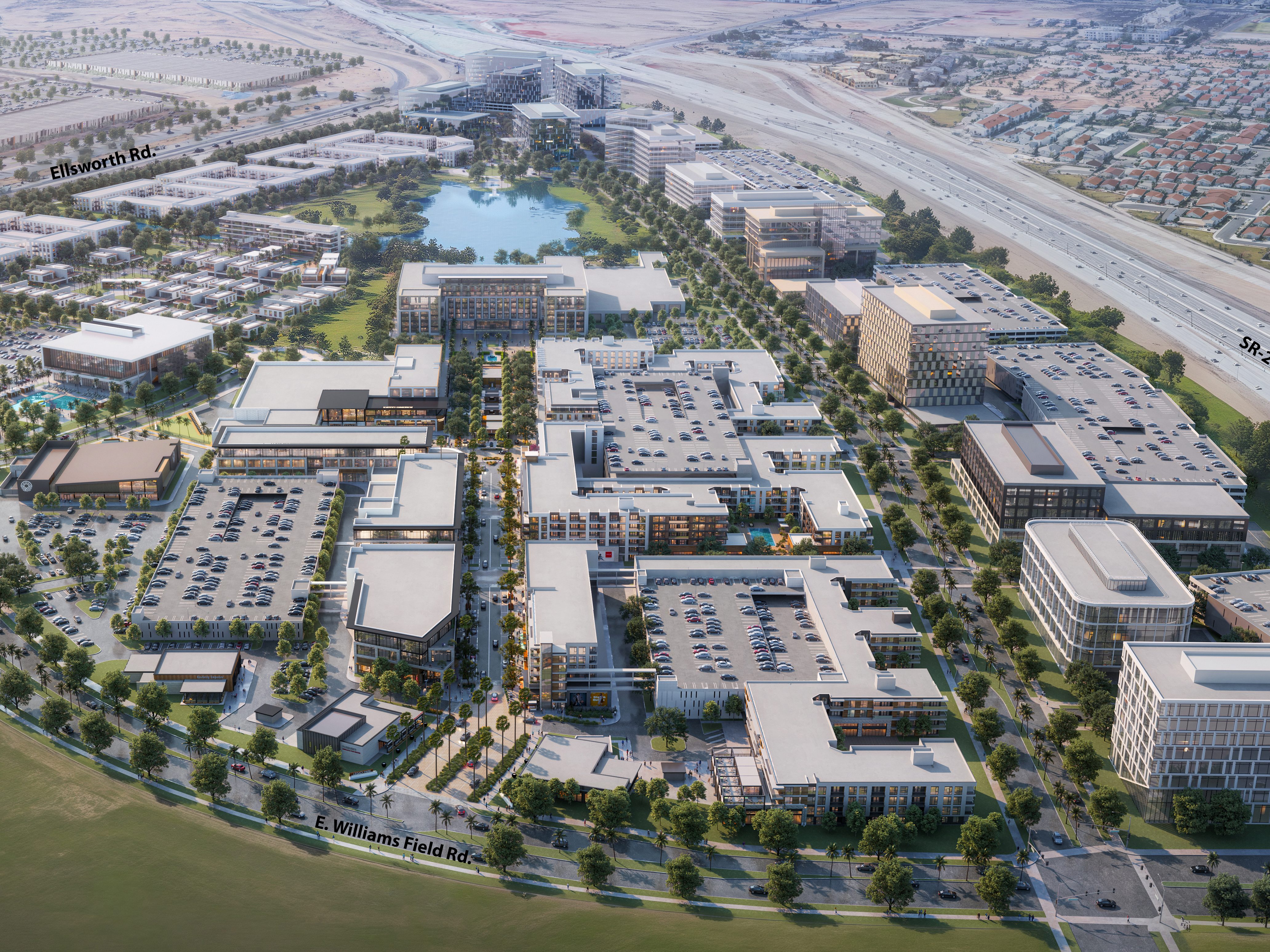
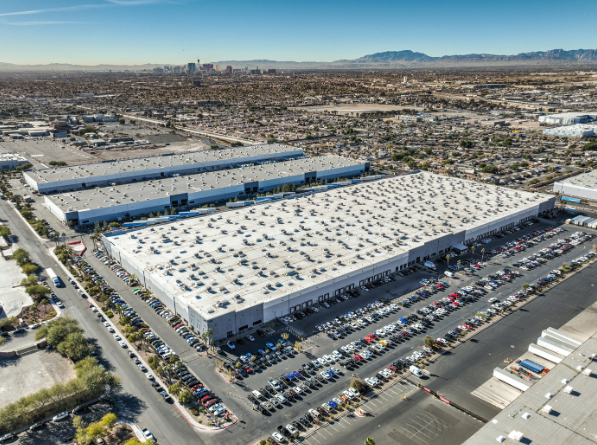
You must be logged in to post a comment.